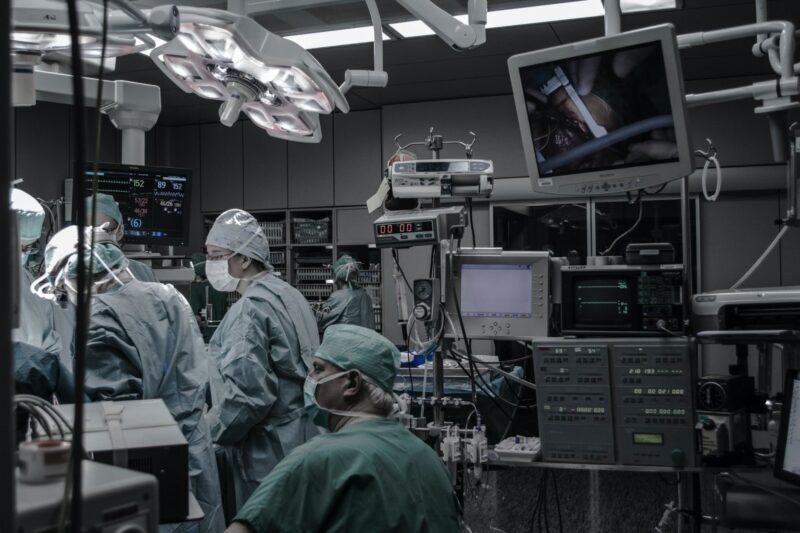Since its founding in 1948, the UK’s beloved NHS has strived to provide high quality care for all and has saved countless lives. However, according to recent statistics, medical negligence claims in the UK are still on the rise with 12,629 clinical claims in the period of 2020/21, which is costing the healthcare system millions in payouts.
In order to tackle the issue, the government has proposed a cap on “lower value” negligence cases, which could save the NHS £500 million. This proposal has been received with criticism from the legal industry, who believes the government should be concerned with the root of the problem rather than those supporting victims of negligence.
Are there any viable solutions to reverse this growing trend?
Learning and Improvement
Consistent learning and improvement should be a goal for all professionals, more so for those working within healthcare. Although a key principle of ethical healthcare, it seems its implementation has somewhat evaded the NHS.
When different aspects at policy level do not align, incorrect priorities arise leaving the services open to conflicts, demands and competing priorities. Although other goals are important, patient needs should be the central focus; hence learning and improvement should be encouraged, incentivised, and carefully designed into policy.
Moving towards a more patient and learning centric NHS will require the organisation and its professionals to focus on ways to develop practical, analytical and leadership skills to enable improvement. For instance, changing current reporting systems and patient safety strategies are likely to help prevent instances of medical negligence, however, there needs to be commitment from all levels, starting with those in leadership positions.
Staffing and Infrastructure
Understaffing and poor infrastructure is perhaps one of the major problems faced by the NHS, which has a direct impact on general safety. Nationwide, GPs and hospitals are battling staffing problems with the number of vacancies growing into the thousands. Moreover, equipment failures, technological challenges and poor state of buildings contribute to safety issues. These problems have a direct impact on workplace morale: causing burnout, increasing the risks of negligent care.
Investing in proper equipment (and its maintenance), is likely to lead to improved patient care, limit cancellations, save lives and counteract potential treatment costs.
Improving the state of buildings would not only meet rising public expectations but could potentially reduce staffing costs and have a positive impact on staff wellbeing.
The medical negligence crisis affects all from medical professionals to patients and families – therefore it is vital that solutions are implemented so that avoidable harm can be reduced.












